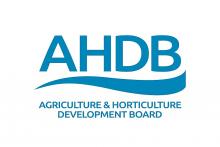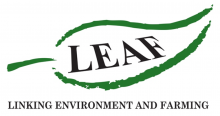Quantifying environmental impact is becoming increasingly important for farm businesses. This public goods tool from the organic research centre is a useful resource for measuring the sustainability of farms.
Land sparing vs land sharing is an important discourse in modern farming. See our land sparing & land sharing topic page for more on this.









